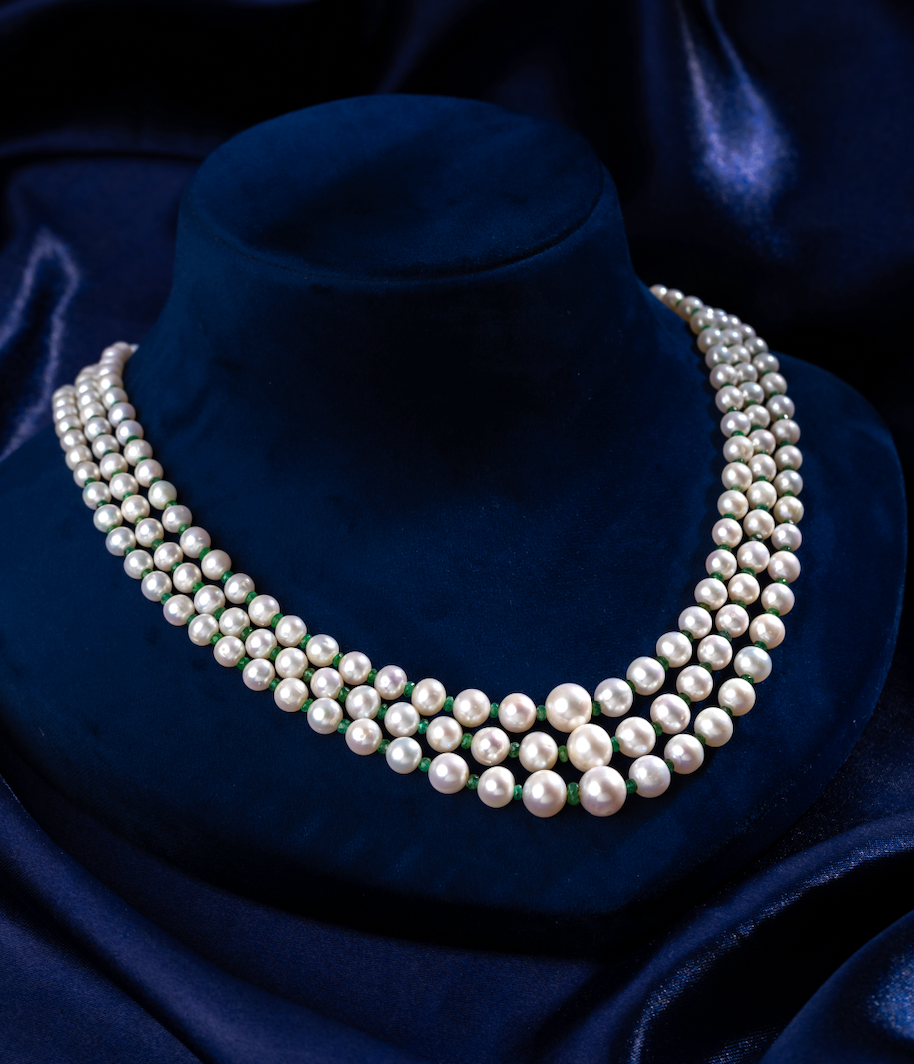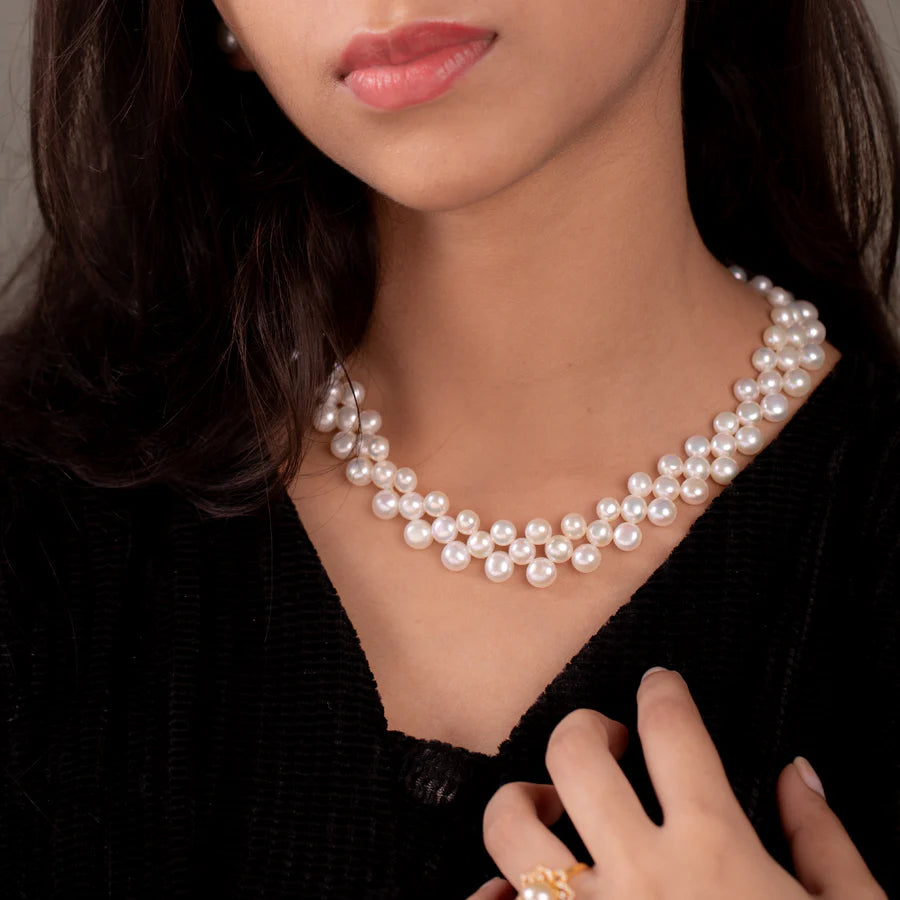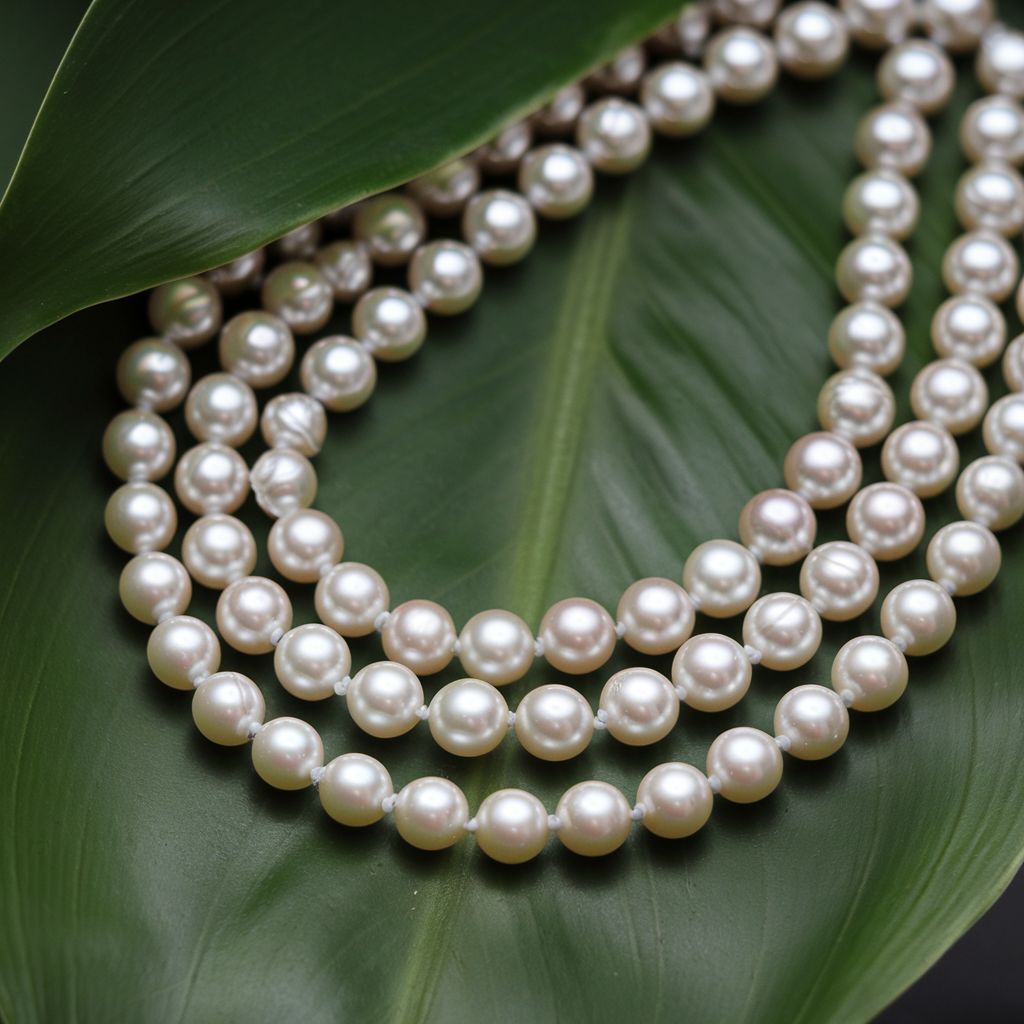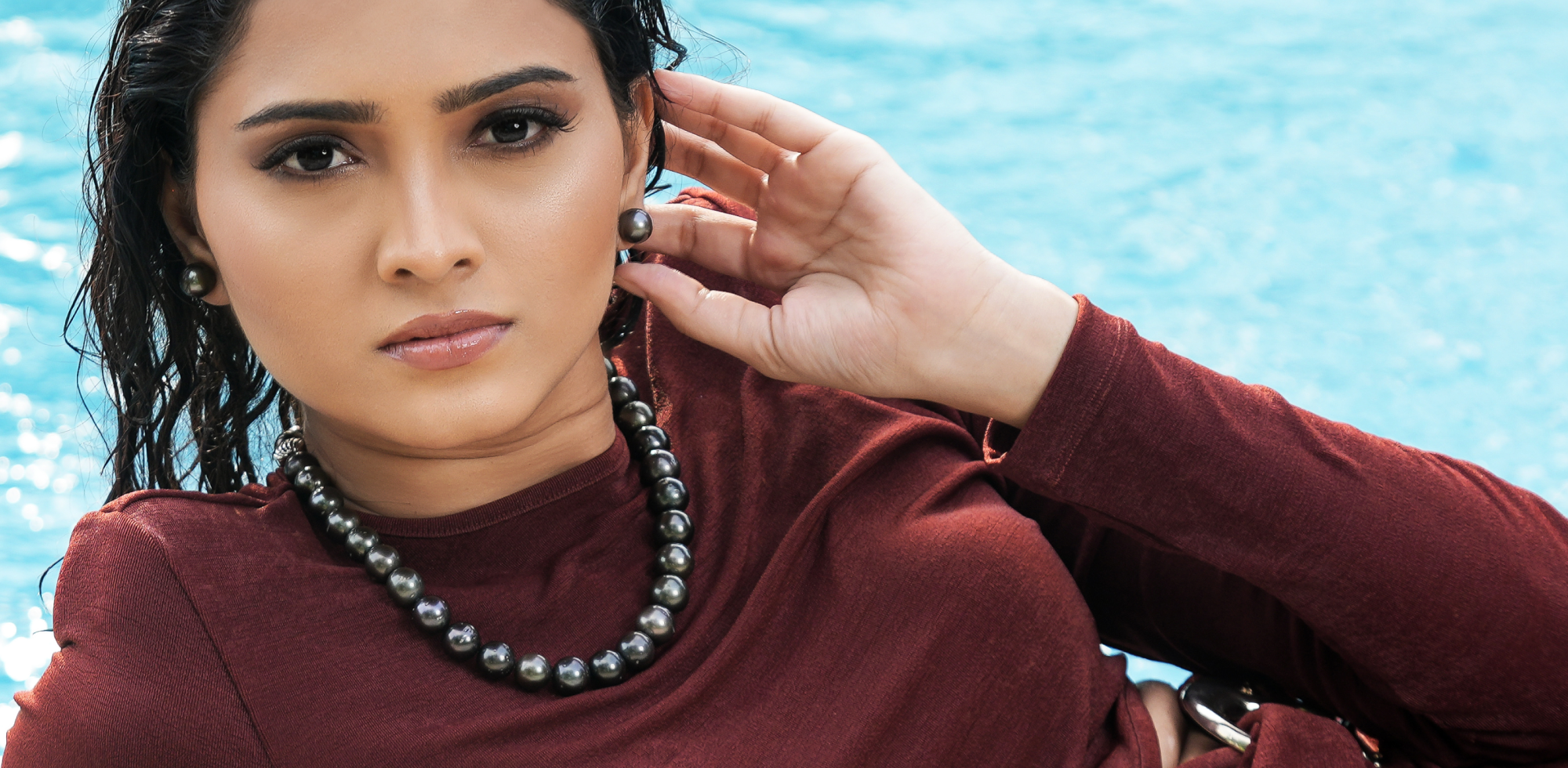Introduction
When shopping for pearls, understanding the key differences between freshwater and saltwater varieties is essential. Both types offer unique beauty, characteristics, and price ranges, making them suitable for different preferences and budgets. This guide explores the major distinctions in terms of origins, luster, shape, color, and value to help you make an informed choice when selecting the perfect pearls for your jewelry collection.
Fundamental Differences
Freshwater pearls are harvested from mussels in rivers and lakes, primarily in China, and are known for their variety of shapes and vibrant colors due to their solid nacre composition. Saltwater pearls, cultivated in oysters in marine environments, such as Akoya, South Sea, and Tahitian pearls, are celebrated for their near-perfect round shape and high luster. The environmental differences in cultivation impact their appearance, value, and use in jewelry.
Key Highlights:
- Cultivation Environments : Freshwater in rivers/lakes; saltwater in marine settings.
- Shape & Luster : Freshwater pearls are diverse in shape; saltwater pearls are often round with high luster.
- Nacre Composition : Freshwater pearls have thicker nacre, leading to vibrant colors.

Types and Sources
Saltwater Pearls include Akoya, Tahitian, and South Sea pearls, each known for distinct features:
- Akoya Pearls : Renowned for roundness and high luster, mainly from Japan and Vietnam.
- Tahitian Pearls : Famous for dark, exotic colors, primarily cultured in French Polynesia.
- South Sea Pearls : Known for large size and creamy hues, sourced from Australia and the Philippines.
Freshwater Pearls are primarily cultivated in China:
- Variety & Colors : Offer diverse shapes like round, oval, and baroque, and come in pastel colors like white, pink, and lavender.
- Cultivation Source : Harvested from mussels in freshwater rivers and lakes.

Value and Pricing
Saltwater pearls, including Akoya, Tahitian, and South Sea varieties, generally command higher prices due to their rarity and the traditional pearl farming methods that yield fewer pearls of higher quality. Their round shape and superior luster add to their value. Freshwater pearls, being more abundant and easier to cultivate, are a more affordable option while still offering a range of beautiful shapes and colors. Their cost-effectiveness makes them accessible for various styles and budgets.
Key Highlights:
- Saltwater Pearls : Higher value due to rarity and quality.
- Freshwater Pearls : More affordable, offering a wider variety

Choosing What’s Right for You
Selecting between freshwater and saltwater pearls depends on personal preference, budget, and the desired style of the jewelry piece. If you’re seeking a cost-effective option with diverse shapes and colors, freshwater pearls are an excellent choice. For those looking for higher luster, traditional roundness, and a more classic luxury feel, saltwater pearls like Akoya, Tahitian, or South Sea pearls are ideal. Understanding each type's qualities helps you match the pearls to your style and occasion.
Key Considerations:
- Budget & Style : Freshwater pearls are budget-friendly; saltwater pearls offer luxury.
- Desired Impact : Choose based on the jewelry's intended elegance and design.

Quality & Durability
Saltwater pearls often have a thinner nacre layer, making them more prone to damage if not cared for properly, but their luster tends to be sharper. Freshwater pearls, with their thicker nacre, are generally more durable and resistant to chipping, making them great for everyday wear. Understanding how each type wears over time can help you choose pearls that match your lifestyle and how often you plan to wear them.
Key Highlights:
- Nacre Thickness : Freshwater pearls have thicker nacre, enhancing durability.
- Luster Quality : Saltwater pearls exhibit higher luster but require careful handling.

Making the Right Choice for Your Pearl Journey
Whether you choose freshwater or saltwater pearls, each type has its unique beauty, value, and qualities. Freshwater pearls offer versatility and affordability, while saltwater pearls bring luxury and traditional elegance. By understanding their differences in terms of origin, value, quality, and care, you can make a well-informed decision that complements your style, budget, and lifestyle needs, ensuring you select pearls that bring joy and elegance to any occasion.







